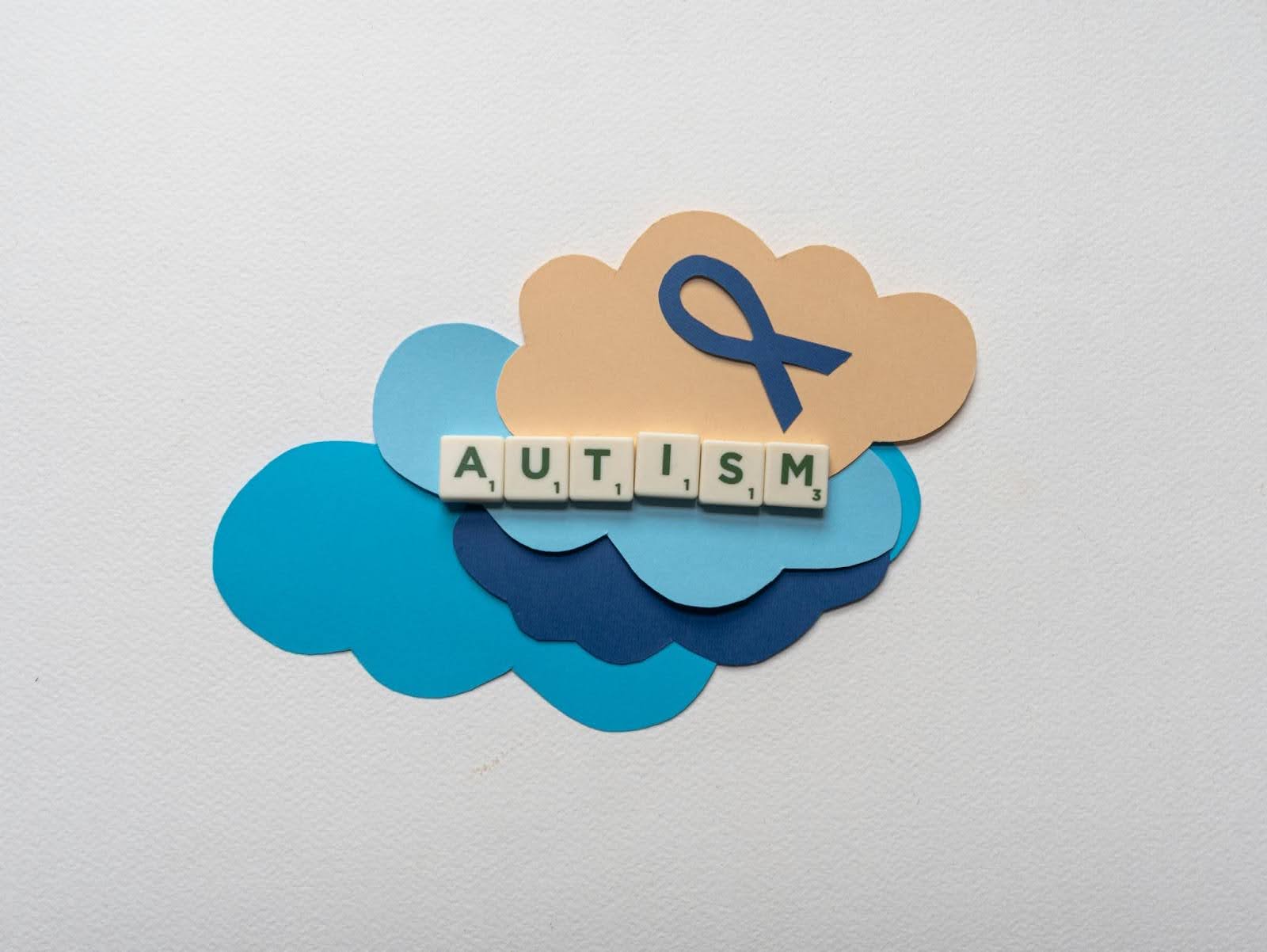A lot of people start feeling blue this time of year—but in a good way. How? By acknowledging and celebrating Autism Acceptance Month, a yearly phenomenon designed to educate as many people as possible about autism spectrum disorder (ASD). Whether or not you have a loved one with ASD, you have an array of options for participating and helping further the goals of this acceptance initiative.
When is Autism Awareness Month?
April is Autism Acceptance Month, and Autism Awareness Day on April 2 officially kicks off this month of awareness every year. It was formerly known as Autism Awareness Month and World Autism Month but shifted from awareness to acceptance in recent years as people with ASD began rightfully demanding societal accommodations.
Brief History of Autism Acceptance Month
Autism as a discrete, diagnosable neurodevelopmental disorder began picking up steam in the mid-1900s and is now recognized as a broad spectrum of conditions that typically begin in childhood.
The latter half of the 20th century saw efforts by various foundations and associations to increase awareness of ASD, and April gradually started to become associated with ASD.
Finally, The United Nations approved April 2, 2008, as World Autism Awareness Day. In the years that followed, many of the same groups that promoted awareness championed acceptance for those with ASD. The Autism Society of America officially declared April Autism Acceptance Month in 2021.
Recognizing Autism Acceptance Month Your Way
The running theme for the newly rebranded Autism Acceptance Month is “Celebrate Differences.” Your community might have Autism Acceptance Month activities or other localized ways of getting involved. From the comfort of your own home, though, you may do the following:
- Read books from the famed Ed Wiley Autism Acceptance collection.
- Equip yourself or a loved one with toolkits from the Autism Self Advocacy Network (ASAN).
- Contribute to the Autism Society or encourage others to do the same.
- Get to know your local Autism Society Affiliate.
- Attend a virtual event offered through Autism Speaks.
- Support a business owned by someone with ASD.
- Post the importance of ASD awareness and acceptance on your social media accounts.
Key Autism Spectrum Disorder Statistics
Want to brush up on your facts about ASD and spread the word? Check out these key autism spectrum disorder statistics to learn more about the community.
- As awareness and acceptance of ASD grows, more children and adults are being diagnosed. In 2022, researchers estimated that around 1 in 36 children (born in 2012) have been diagnosed with ASD. In contrast, only about 1 in 150 children born in 1992 were diagnosed with ASD.
- The average age for ASD diagnosis is five years old; however, boys, who are around four times more likely than girls to be diagnosed, often get diagnosed sooner.
- Nearly six million U.S. adults have ASD. Even with early intervention and other target care modalities, only about 60% of adults with ASD are consistently employed.
Can NeuroNav Help Your Loved One with Autism Spectrum Disorder?
Many individuals in California with ASD qualify for Regional Center services, which applies to those with intellectual or developmental disabilities (IDDs). Californians who fall into that category have found some success with the Self-Determination Program (SDP), a new way of receiving services that puts customers and their goals first.
NeuroNav offers a neurodiverse team of experienced independent facilitators to help you or a loved one get the most out of the SDP. For more information on our services, feel free to sign up for a free consultation.




